Case Studies
DOBBIN can support the human work in many ways - one of the most important points is that DOBBIN works 24 hours, 7 days a week with the same quality.
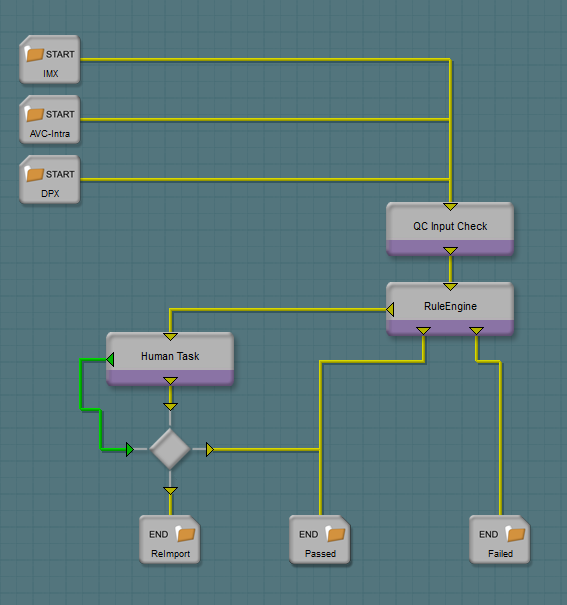
These Case Studies are made from applications in the real world. There are no hard structures, but flexibly designable examples of a workflow - which is possible to be created fully by the user. Of course, the single studies can be combined to create an even bigger example workflow.
DOBBIN is able to create and run dynamic workflows with different iteration steps. For example, restorations can be iteratively analysed, refined and improved.
It is possible to run individual JobTemplates in parallel in DOBBIN JobManager. With this parallel processing approach, it is easy to create highly complex daisy-chained workflows.
DOBBIN grows up with the time - its getting bigger, but not older. Designed as an extremely scaleable system, it is able to be updated with the needs of the future. Any new technique can be plugged in into the mighty host system that DOBBIN is:
Automatic Restoration
Audio restoration is a difficult, artistic and very time-intensive work, which - if you value quality - should be done by highly trained audio engineers. However, one can automate many preparative actions, up to fully automatic restoration for internal rehearsal, which eases getting an overview over your material, format and source.
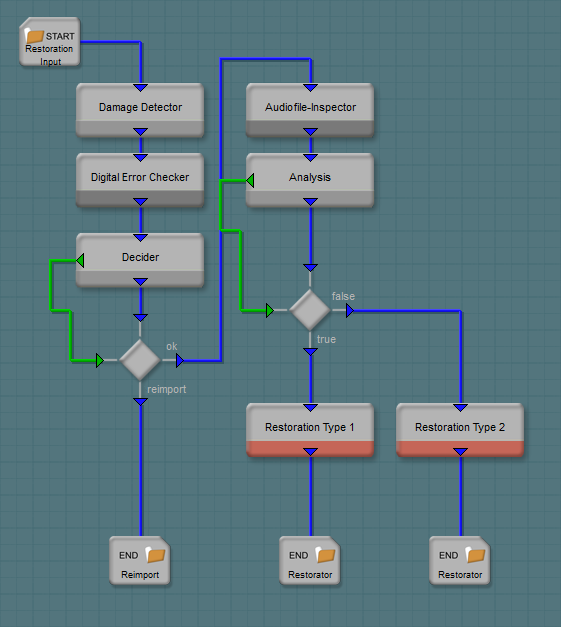
For example, material can be pre-sorted based on massive digital errors, where material with errors like clipping, sample holds or block repeating is directly flagged for a re-import. By this alone, much superfluous work can be stripped from a busy human restorator. Clean material can then be analyzed more deeply and - based on type and severity of found errors - be decided on, which type of restoration should be done - to help provide the restorator with the right types of restoration tools and their right settings.
Content for Internet Portals
Content providers for music download services have to create and support multiple different file and streaming formats, which have to be created fast, safely, automatically, tested and reproducible.
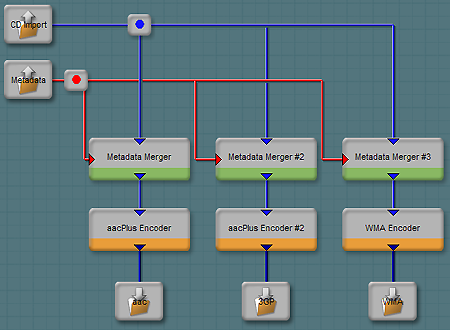
formats in a parallel workflow
For that, they need a system which is capable to supply audio data with corresponding metadata from a database and is flexible enough to not only create and use the formats needed today, but is open for future formats as well. Using and providing standardized interfaces, the system does not age - new formats can be integrated anytime as needed.
DOBBIN is the only system available that can provide you with the desired flexibility and power, and much more.
Features:
- Detailed process and logging information
- Detailed coding history documentation
Content Analysis
The digital archive of a library is to be verified. As a first step, all files are sorted whether they are readable or damaged - in the latter case, those files should be repaired, if possible.
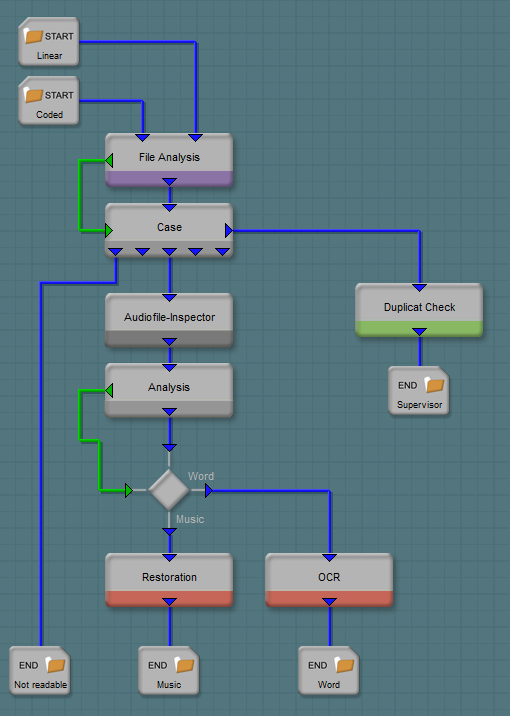
Uncorrectable files are routed to a manual check for a possible later manual repair. Other files are then checked for duplicates and general errors. Additionally, the music to speech ratio is computed. For every file, there is a report written, which contains the format type and most important attributes.
Ideally, after this workflow, the audio files are converted to a uniform format - or possibly multiple formats - see the Case Study "Content for Internet Portals".
Quality Control
To make sure that no errors happen during the encoding of audio data, quality control based on psychoacoustic models comes up. This type of check is modeled after the human hearing system and determines differences between coded and uncoded material.
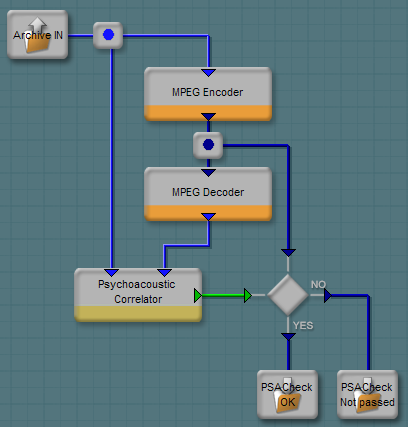
Using psychoacoustic models, two files with the same audio data can be compared - for example encoded with different codecs or bitrates. It also can compare two versions of the same analog material ingested on different tape machines, displaying differences in runtime, in frequency response or spectrum.
Automatic UpMix
For future markets in surround techniques the Cube-Tec UpMix can be used. Different surround 5.1 mobile or standard formats can be upmixed out of stereo or even mono audio material.
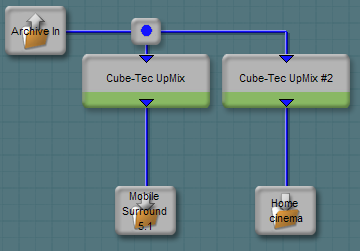
With today's DVD productions, the consumer not only expects high quality picture - the sound also has to be fully "home cinema compatible". Simple stereo sound is not enough for the expert listener, and if audio is mono only then this may be a little disappointing - it has to be "crystal clear" surround sound!
Unfortunately, a lot of original productions worth being (re-)released are only available in mono or stereo, but the consumer expects modern surround sound, even with "old" recordings. In most cases, a complete remix of the recordings (if at all possible) is way too expensive, so the only solution left is to use an automated process that allows easy "upmixing", while still delivering high quality output.
The Cube-Tec UpMix was developed in close cooperation with the surround sound engineers of the Hamburg based Mastering & Surround Factory, who are the first to run the Cube-Tec UpMix VPI on their AudioCube 6 system. A growing number of DVD titles has already been produced there, including releases by Sammy Davis Jr., Leonard Cohen, Birth Control, Dubliners, Rattles and James Last to name but a few.

